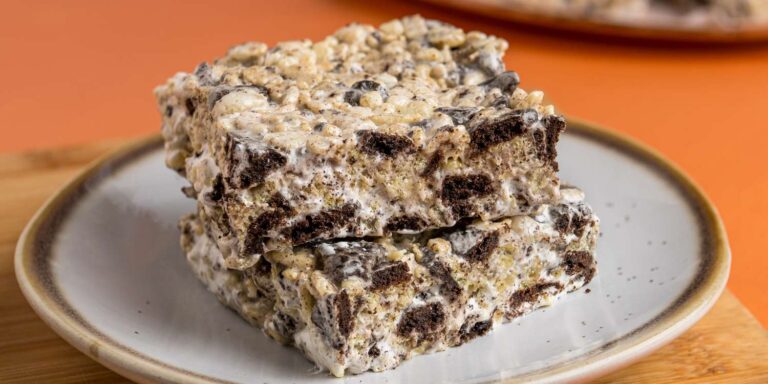Carrot Honeycomb Toffee RecipeIrresistibly Crunchy Carrot Honeycomb Toffee: A Sweet Delight for Every Occasion
Understanding Nutrition Facts in Recipes
When crafting delicious meals, understanding nutrition facts is essential for making informed choices. This guide will break down key elements of nutrition labels, their importance, and how they relate to your culinary adventures.
Importance of Nutrition Facts
Why Pay Attention to Nutrition Labels?
Nutrition labels provide valuable insights into the ingredients and overall healthfulness of a dish. Here’s why you should prioritize this information:
- Health Management: Helps track calories and nutrients for better health management.
- Dietary Restrictions: Assists those with specific dietary needs, such as allergies or intolerances.
- Balanced Eating: Aids in creating balanced meals by providing a clear view of nutrient content.
Understanding Daily Values
The percentages on nutrition labels are based on a standard 2,000-calorie diet. Individuals may need more or fewer calories based on their age, gender, and activity level. Here’s a quick summary:
- High vs. Low Nutrient Values: Generally, 5% or less is considered low, while 20% or more is high.
- Tailored Needs: Adjust your intake based on personal health goals and energy requirements.
Common Nutrients in Recipes
Key Nutrients to Consider
When analyzing recipes, focus on these primary nutrients:
- Fats: Look for healthy fats like avocados and nuts.
- Proteins: Essential for muscle growth and repair.
- Carbohydrates: Fuel for energy, ideally from whole grains and vegetables.
Navigating Nutrient Availability
Sometimes, nutrient information may be absent for certain ingredients. This can impact meal planning, so consider these tips:
- Research Substitutes: If a specific ingredient lacks data, look for alternatives with known nutritional profiles.
- Consult Guidelines: Adhere to established dietary guidelines for balanced meal preparation.
Tips for Healthy Cooking
Making Healthier Choices
Incorporate these strategies to improve the nutritional value of your recipes:
- Use Fresh Ingredients: Fresh produce often contains more nutrients than processed items.
- Portion Control: Be mindful of serving sizes to manage calorie intake.
- Cooking Methods Matter: Opt for steaming, baking, or grilling over frying when possible.
Ingredient Swaps for Healthier Meals
Consider these simple ingredient swaps to boost nutrition:
- Greek Yogurt for sour cream or mayonnaise
- Cauliflower Rice instead of white rice
- Whole Grains in place of refined grains
Conclusion
Understanding nutrition facts is a vital step towards creating healthier, balanced meals. By paying attention to labels, being mindful of daily values, and making informed ingredient choices, you can enhance the nutritional quality of your favorite recipes. Embrace these principles in your cooking journey, and enjoy the benefits of delicious, wholesome meals.







